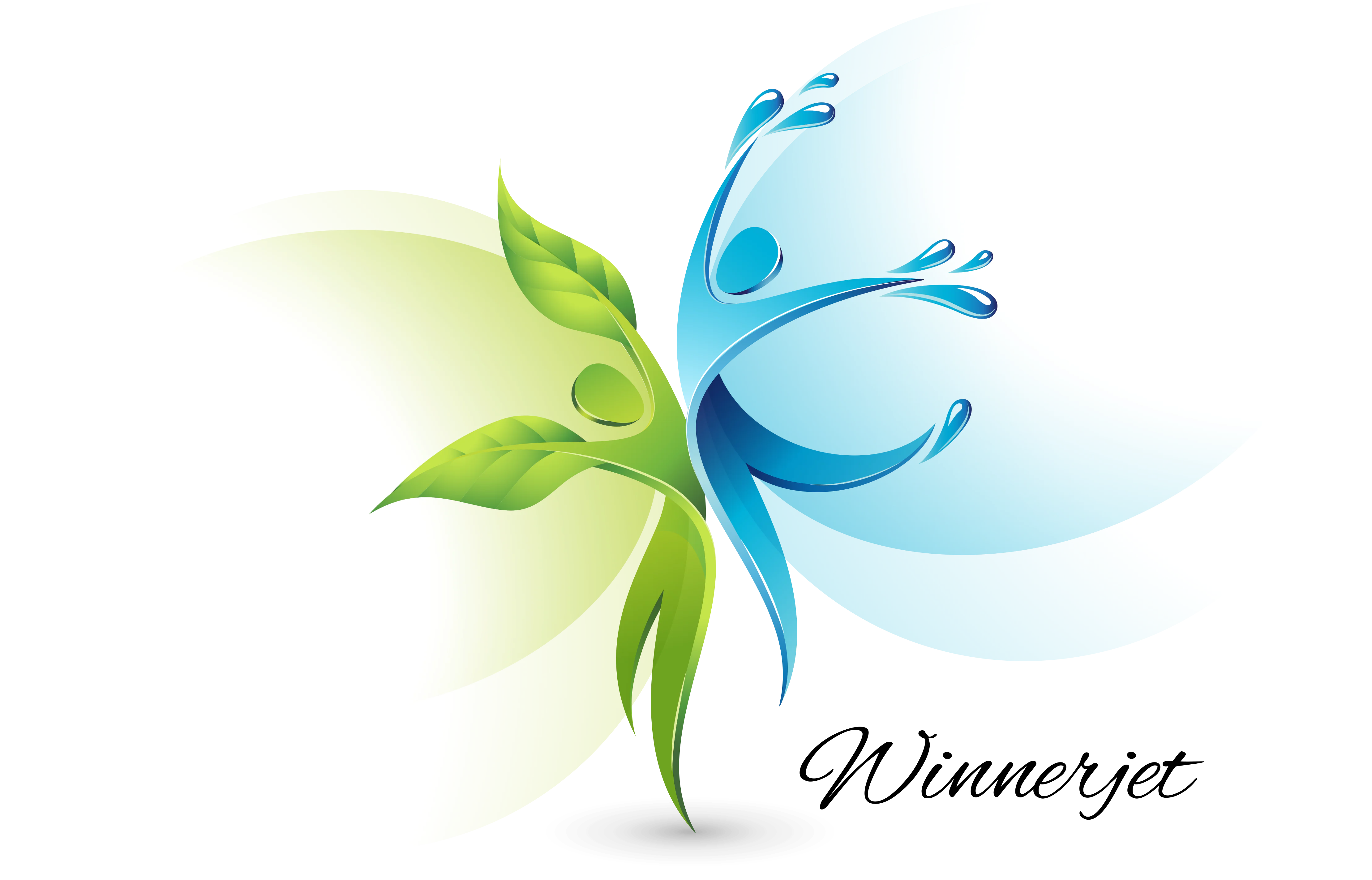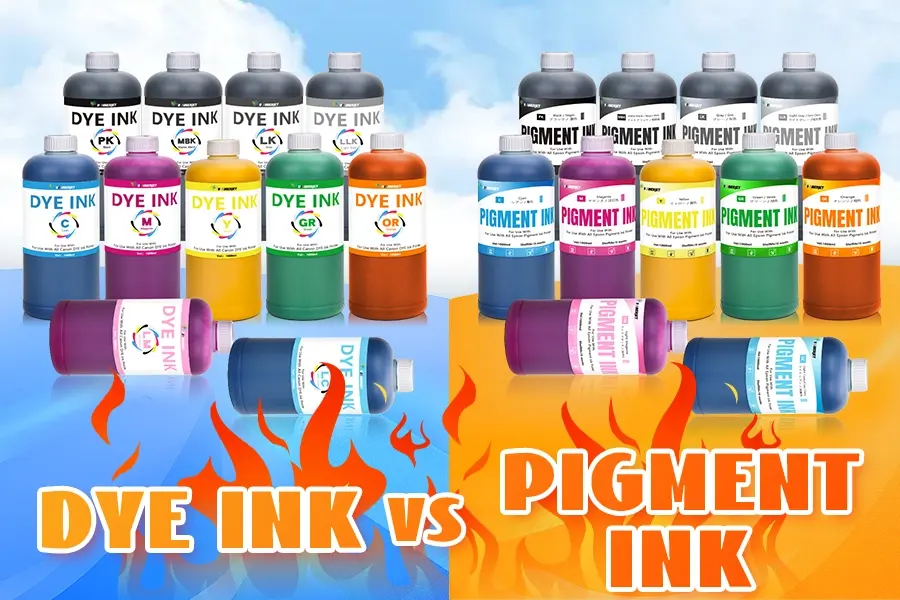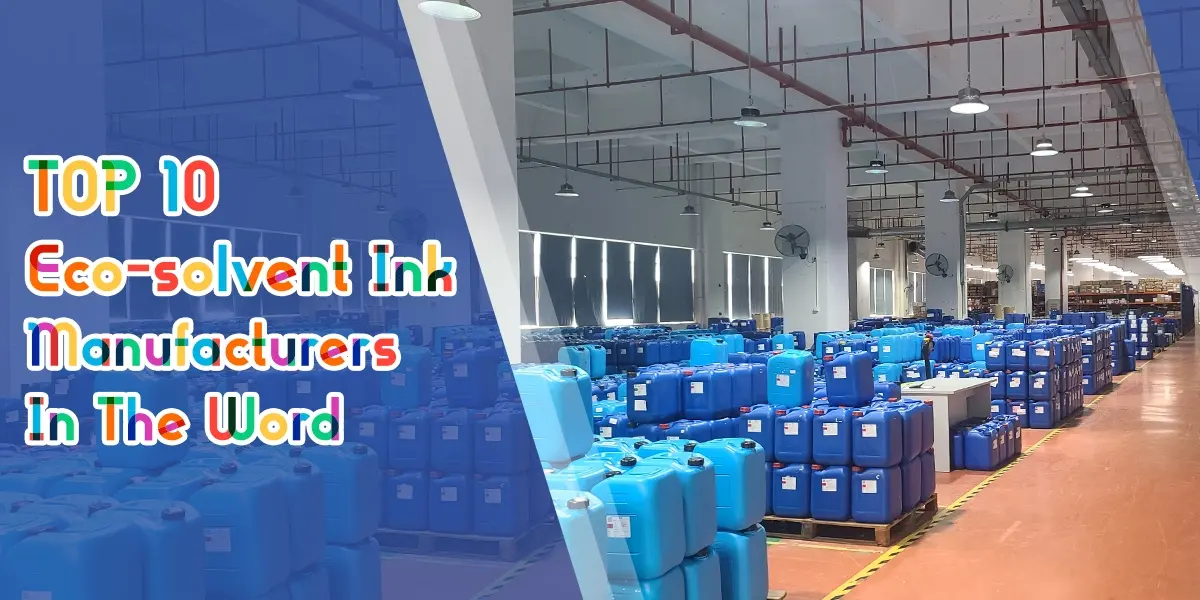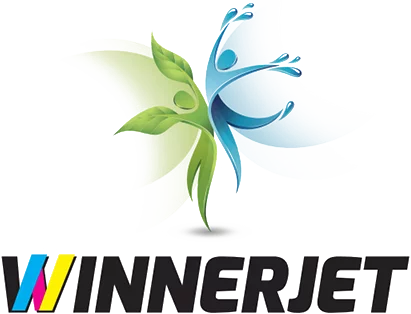When choosing a printing method for your projects, two popular options stand out: UV Printing and UV DTF Printing. Each has its strengths, and knowing the differences will help you decide which one fits your needs best. Let’s break down these two methods and their unique benefits.
What Is UV Printing?
UV Printing uses ultraviolet light to dry the ink as it prints directly onto the material. This process creates sharp, high-quality, and durable prints. It’s commonly used for printing on flat, hard surfaces like signs, acrylic, and labels.

Why Choose UV Printing?
- Works best on flat, hard surfaces such as wood, glass, and acrylic.
- Can create textured, raised designs for a high-end look.
- Known for durability—it resists scratches and fading.
Drawbacks of UV Printing
- It’s not ideal for curved surfaces, like mugs or bottles.
- The equipment tends to be expensive and requires a professional setup.
What Is UV DTF Printing?
UV DTF Printing stands for UV Direct-to-Film printing, which prints designs onto a unique film that is then transferred to the material. This method is more versatile, allowing prints to be applied to curved or uneven surfaces that UV printing can’t handle.

Why Choose UV DTF Printing?
- Works on any surface, even curved items like mugs or phone cases.
- Affordable and easy to use, even for beginners.
- Prints are waterproof and durable.
Drawbacks of UV DTF Printing
- The print may feel like a sticker and could lift over time if not applied properly.
- The transfer process requires careful application to ensure a strong bond.
Key Differences Between UV Printing and UV DTF Printing
Now, let’s compare both methods to highlight their strengths:
| Feature | UV Printing | UV DTF Printing |
|---|---|---|
| Process | Prints directly on surface | Prints on film, then transfers |
| Best for | Flat, hard materials | Curved, uneven surfaces |
| Durability | Scratch-resistant, long-lasting | Strong, but can peel over time |
| Cost | Expensive equipment | More affordable, easy for beginners |
| Ease of Use | Requires expertise | Simple and user-friendly |
Which One Should You Choose?
Your decision depends on the type of project you’re working on. Here are some things to consider:
Go for UV Printing if:
- You need high-quality prints on flat surfaces like signs or acrylic panels.
- You want to create raised, textured effects for a premium feel.
- You’re working with larger-scale projects or need industrial-level durability.
Go for UV DTF Printing if:
- You need to print on curved or irregular surfaces like mugs, bottles, or T-shirts.
- You want a more affordable option that is easy for beginners.
- You plan to print on a variety of materials.
Conclusion
Both UV Printing and UV DTF Printing offer great results, but the right choice depends on your specific needs. UV Printing is ideal for flat surfaces and high-end, durable prints, while UV DTF Printing offers flexibility and affordability and works well for curved and irregular surfaces.
Understanding the strengths of each method will help you choose the best one for your project, whether you’re creating custom gifts, promotional items, or business products.
FAQs
1. Which method is more durable, UV Printing or UV DTF Printing?
Both methods offer durability, but UV Printing is typically more resistant to scratches. UV DTF Printing can also be durable but may peel if the transfer is not applied correctly.
2. Can UV DTF Printing be used on fabric?
While UV DTF works well on a wide range of surfaces, it’s not ideal for fabric. Methods like DTF printing or sublimation printing are better choices for fabric.
3. Is UV DTF Printing more affordable?
Yes, UV DTF Printing is more affordable and beginner-friendly compared to UV Printing, which requires more expensive equipment.
4. Does UV Printing create textured effects?
Yes, UV Printing can create raised or embossed designs, giving prints a premium, high-quality feel.
5. Which method is better for custom gifts?
UV DTF printing is an excellent choice for custom items like mugs or T-shirts. It also provides better results for flat surfaces like wood or acrylic.






